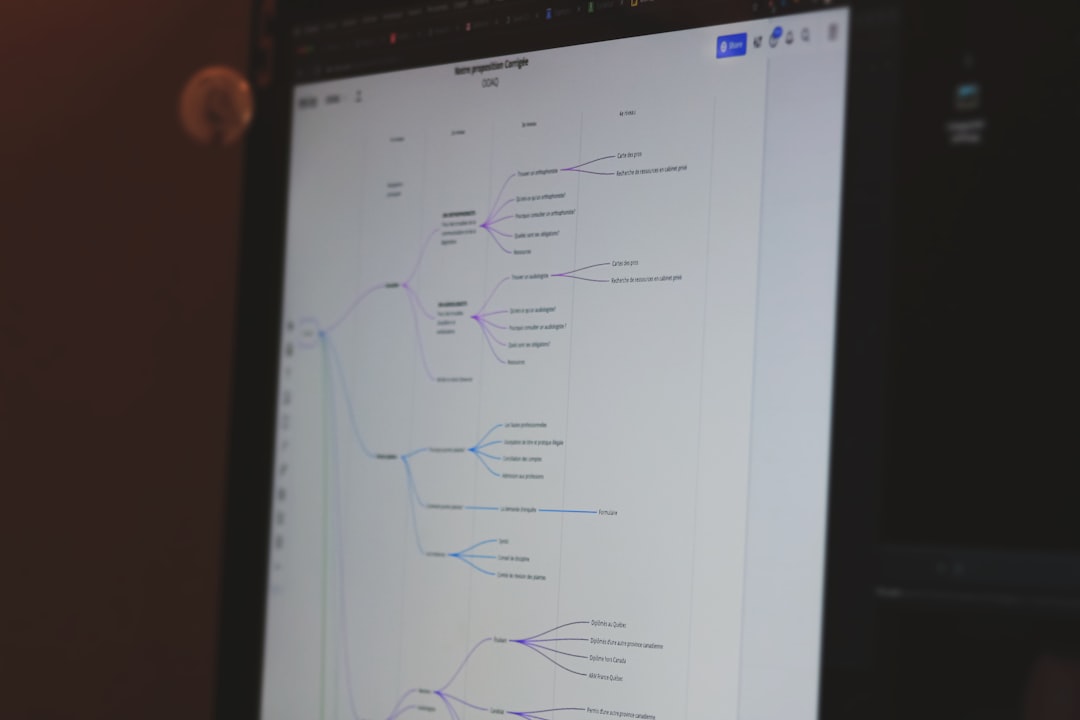As AI-enabled applications increasingly depend on advanced language models, the user interface (UI) becomes a critical front line for both usability and security. One key concern in this evolving landscape is prompt leakage — a situation where users unintentionally or maliciously gain access to the underlying prompt that governs the model’s behavior. This can not only expose sensitive configuration data but also compromise the integrity and user experience of the application. Enter the concept of Guarded Autocomplete, a design and development approach meant to mitigate this risk while preserving functionality.
Understanding Prompt Leakage
Prompt leakage refers to scenarios where the starting prompt or hidden instructions meant for the AI (often referred to as system prompts or priming data) are revealed or manipulated through user-level interactions. This leakage can happen in multiple ways:
- Autocomplete revealing hidden text (e.g., internal system prompts)
- Predictive engines disclosing backend logic or instructions
- Malicious prompt injection manipulating AI output through UI
In AI-backed applications like chatbots, writing assistants, or coding tools, autocomplete is a powerful feature that significantly enhances user experience. However, if not properly secured, it can serve as a gateway for unintended data exposure.
What is Guarded Autocomplete?
Guarded Autocomplete refers to a methodology within user interfaces that intelligently balances suggestion generation while shielding any part of the AI’s internal logic, instructions, or preloaded context data. It acts as a UX safety harness, ensuring the productivity benefits of autocomplete don’t come at the cost of sensitive data exposure or increased vulnerability to prompt injection.
At its core, Guarded Autocomplete enforces strict boundaries between visible user input and the background prompt data. While legacy autocomplete systems may take full prompt context into account without proper filtering, a guarded approach handles what data gets copied, interpreted, or offered to the user far more carefully.

Why Does Prompt Leakage Matter?
There are several compelling reasons to halt prompt leakage at the UI level:
- Security: Exposure of system prompts may reveal sensitive instructions, passwords, or other privileged information designed only for backend communication with the model.
- Integrity: Attackers could manipulate prompt context to distort or coerce AI outputs if they deduce or inject into the foundational prompt.
- Trust: Users are less likely to trust applications that don’t adequately safeguard against information leakage, especially in enterprise or medical domains.
- IP Protection: Custom prompts often represent proprietary strategies or configurations. Leakage jeopardizes a company’s intellectual property or competitive edge.
Core Principles of Guarded Autocomplete
Implementing Guarded Autocomplete effectively involves aligning UX design with modern software safeguards. Here are the core principles that guide its implementation:
1. Separation of Model Prompts from User Context
UI layers should treat system-level prompts and user input as entirely separate entities. For instance, the model might use a detailed prompt behind the scenes to generate quality responses, but the frontend should only pass portions relevant for that user’s current interaction without surfacing or reusing the entire hidden prompt context for completions.
2. Context Filtering
Any suggestions generated by machine learning models should be monitored and filtered to prevent them from leaking embedded references to hidden prompts. This might involve rule-based or ML-based scanning that inspects tokens before surfacing them to the user.
3. Dynamic Prompt Compartmentalization
Modern frameworks now allow developers to dynamically compartmentalize prompts – creating temporary sub-prompts that only apply to specific parts of an interaction. This reduces the risk of cross-contamination between the model’s core instructions and user-facing content.
4. Shadow Prompt Logging
To audit and detect any signs of leakage, backend systems must log how and when prompted data blends (or doesn’t) into the user’s autocomplete suggestions. These logs can then be reviewed both programmatically and manually.
5. Rate-Limiting Suggestive API Calls
If a user manipulates input patterns to systematically expose completions, rate limits can cap such behavior. Suspicious activity patterns can trigger temporary blocks or require CAPTCHA verification to ensure that leakage isn’t being systematically mined.
Examples of Prompt Leakage
Here are some real-world-inspired scenarios illustrating how prompt leakage might occur and how Guarded Autocomplete can help stop it:
- Legal Assistant App: A user types “Given the rules we use to assess IP…”, and the autocomplete completes it with a clause directly lifted from the model’s backend prompt which includes confidential regulatory frameworks. A guarded approach would filter this suggestion before it reaches the user.
- Medical Chatbot: The backend prompt includes “Never recommend surgical procedures without follow-up approval” but a clever prompt injection leads the assistant to reflect this limitation directly to the user, revealing its operational logic. Guarded Autocomplete sanitizes the outputs while preserving meaningful guidance.
- Developer Copilots: If the hidden prompt includes company-specific code patterns or filenames, a weak autocomplete could leak this proprietary data to developers. Guarding the token-level output would prevent such suggestions from surfacing.

Design Strategies for Guarded Autocomplete
Designing safe autocomplete begins with a marriage of frontend design patterns and backend AI constraints. Here are a few practical design recommendations:
- Input Scoping: Set context windows that only include the most recent N inputs from the user and discard latent prompt history when generating autocomplete suggestions.
- “Safe Tokens” Filtering: Use a whitelist or confidence scoring model to determine safe, reusable language tokens that do not reflect conditional or system metadata.
- User-Level Prompt Isolation: For collaborative environments, ensure that prompt behavior and customization are isolated per user session and do not cross-pollinate.
- Real-Time Simulation: Before serving a suggestion to the user, simulate its potential origin. Did it come from a static part of the prompt? If yes, block or revise it.
The Future of Guarded Interfaces
As AI user interfaces become more embedded in our work and personal environments, the layers of observation between users and underlying models will grow thinner. That’s why Guarded Autocomplete is not just a best practice — it’s becoming a necessary standard for responsible AI development. Bad actors are already exploiting quiet vulnerabilities in prompt construction. Design teams must therefore embed this awareness directly into their APIs and UIs from day one.
Tools like OpenAI’s prompt management, Google’s PaLM safeguards, and enterprise-focused AI gateways are beginning to incorporate native protections — but frontend implementations remain highly variable. Open-source libraries are slowly emerging to audit and test for potential autocomplete leaks, but coverage is still slim.
Conclusion
Guarded Autocomplete represents a pivotal shift in how developers approach the user experience of AI-based applications. It’s not just about helping users write faster — it’s about writing safely, predictably, and responsibly. With the right mix of design prudence, security filters, and auditable AI behavior, developers can build interfaces that empower users while defending against the silent danger of prompt leakage.
A future where AI is seamlessly integrated into our digital lives demands nothing less.



